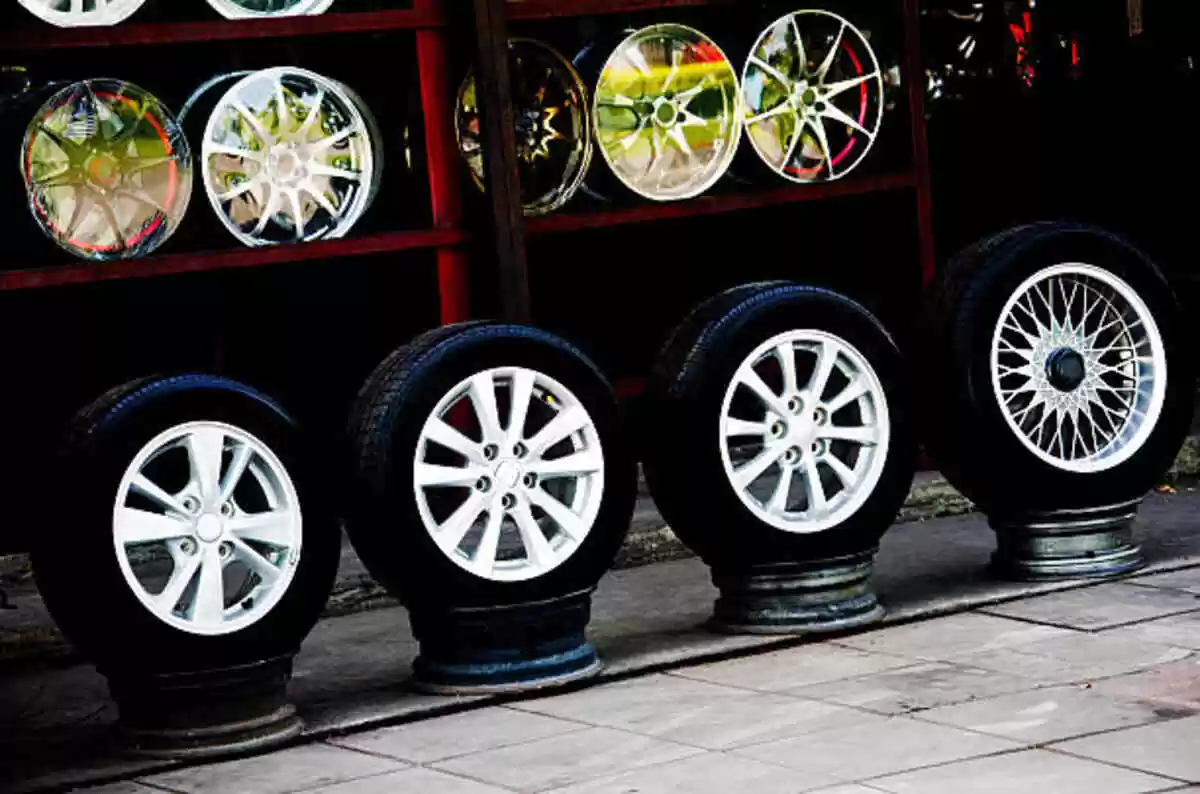BMW and Daimler are also tinkering with fuel cells. And Honda is still cooperating with General Motors on what those partners hope will be a next-generation system.
The technology has gained some converts. Stellantis recently announced that it will launch a hydrogen-powered Ram Heavy Duty pickup later in the decade, building on the automaker’s progress with hydrogen vans in Europe. CEO Carlos Tavares said fast fill-up times and long driving ranges make fuel cell systems well suited to zero-emission commercial vehicles.
Fuel cell powertrains combine hydrogen with air in a chemical reaction that creates electricity and water vapor. The electricity powers an electric motor, just as in a battery-electric vehicle.
Engineers are now focused on reducing the size, weight and cost of future fuel cell systems, all while boosting power output. But even if they achieve all of that, hydrogen fuel cell EVs will still face the critical weak link of an all-but-nonexistent refueling infrastructure.
Automakers are pushing new uses for hydrogen that may, in turn, fan demand for the fuel and spur the development of a refueling network that could support fuel cell vehicle sales.
On one hand is GM, which sees hydrogen as a way to recharge full-electric vehicles. In January, GM said it will launch a series of power generators for multiple uses, including EV charging, powered by its Hydrotec hydrogen fuel cell technology.
Meanwhile, Toyota is developing an internal combustion engine that burns hydrogen instead of gasoline. The system is being pitched as one pathway to carbon neutrality. If Toyota can ever bring hydrogen combustion to the market, it would add impetus for fueling stations.
It’s all part of a wider push by automakers to create critical mass and achieve a so-called hydrogen society in which the fuel powers everything from cars, trucks and trains to offices and homes.
“Our vision of an all-electric future is broader than just passenger vehicles or even transportation,” says Charlie Freese, GM executive director of the global Hydrotec business. “Our energy platform expertise with Ultium vehicle architectures and propulsion components and Hydrotec fuel cells can expand access to energy across many different industries and users.”





